
Rocky Mountains Travel Guide & Holiday Packages
The Canadian Rockies mountain range spans the provinces of British Columbia and Alberta. With jagged, ice-capped peaks, including towering Mt. Robson, it's a region of alpine lakes, diverse wildlife and outdoor sites. Yoho National Park is home to the massive Takakkaw Falls. Other national parks are Jasper, with the famously accessible Athabasca Glacier, and Banff, site of glacier-fed Lake Louise, Rockies' signature viewpoints!
PEACE OF MIND BOOKING PLAN
Cooling-Off Period
Change of Mind
On-Ground Support
Prices in AUD
Industry Accredited
Australian Owned & Operated
What our customers say
Cassandra from Entire Travel arranged a perfect holiday for us at Le Moana in Bora Bora. The flights and transfers worked seamlessly, our overwater bungalow was perfectly positioned and staying on Matira Point was like being in paradise! I was so happy with how well the trip was put together for us.
Awsome Holiday! The best experience Perfectly planned for less hassle 👌 Thank you Cassandra for your help We will definitely be using Entire Travel Group on our next adventure
Tina and the team have now planned 5 holidays for my wife and I, and each trip just seems to get better. No matter what staff member we work with or country we travel to the team are highly knowledgeable, responsive and friendly. We cannot rate the team high enough. We recommend them to all of our friends. Thank you Tina and the team!
We recently had a great family of 6 adventure to the West coast of Canada. Thankyou to Sam from the Entire Travel team who took all the planning hassles away from us. Everything was planned to perfection and ran to clockwork. Using the Trip Plan App made things so much easier for us with all booking info at our fingertips. It’s an adventure we will talk about for years to come.
Helpful Information
To exploring the scenery and for hiking. the best time to visit is from mid June to mid September, however, it is the peak season with the largest crowds and highest prices.
If you come sooner than in June, the most beautiful trails won't be still open! Rocky Mountain parks are still buried in snow into April and even May at higher elevations like Lake Louise.
A trip during a shoulder season such as mid-September to mid-October when there’s less crowds is a good way to visit Banff on a budget. The accommodation and airfare prices will be somewhat lower compared to the summer months.
The Rockies house peaks over 13,000 feet (4,000 metres). Among the Canadian Rockies, around 50 mountains exceed 11,000 feet (3,350 metres).
The Laramide mountain-building process birthed the Rockies. The mountain ranges formed despite western North America having highly active tectonic plates. In turn, craggier terrains emerged.
Calm weather surrounds the Canadian Rockies in July and August, making these months the best time to explore the range.
European explorers found the Rockies while searching for a northwestern passage to the Western sea. The La Verendryes first saw the then snow-capped range on January 1, 1743.
The Rockies got their name from previous residents and explorers of different languages. Legardeur St. Pierre called them “Montaignes de Roche”, while the Cree Indians named them as “as-sin-wati”.
The Rockies are important to Canada because they provide residents with water, house numerous plants and animals, and attract visitors. Additionally, Canadians get minerals, timber and other natural resources from the mountains.
The Canadian Rockies experience hot summers with long hours of sunshine and chilly winters yearly. December and January bring below freezing temperatures, while May and June see wet conditions.
British Columbia’s Mount Robson is the tallest among the Canadian Rockies at 12,972 feet (3,954 metres). The expansive range also houses Alberta’s tallest peak, Mount Columbia.
Many distinct mammals and bird and fish species comprise the Canadian Rockies’ wildlife, including:
-
Elk and bighorn sheep
-
Moose
-
Mountain goats
-
Grizzly and black bears
-
Yellow-rumped warblers
-
Native trout species
If you’re a nature lover, incredible scenery, thousands of rivers and lakes and glaciers abound in the Canadian Rockies. Delightful walks and trails and outdoor adventures also await.
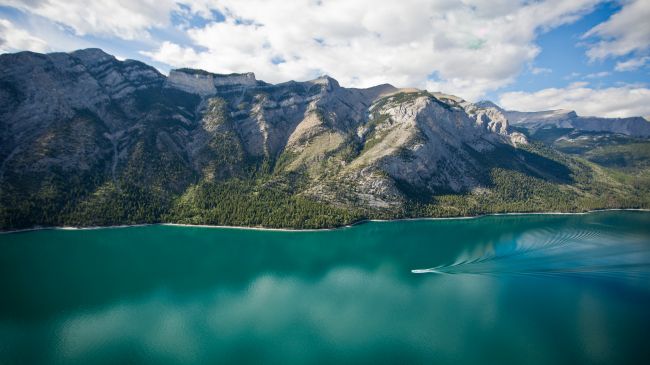
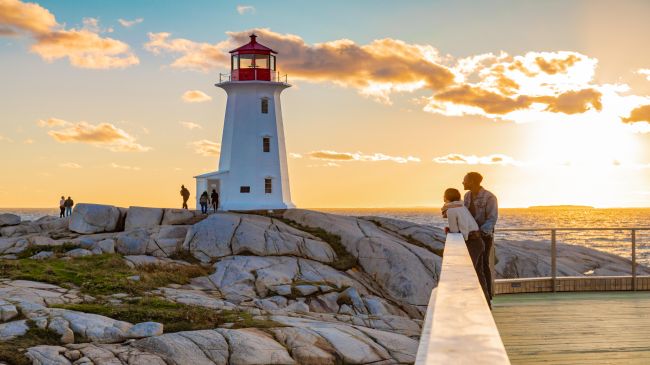


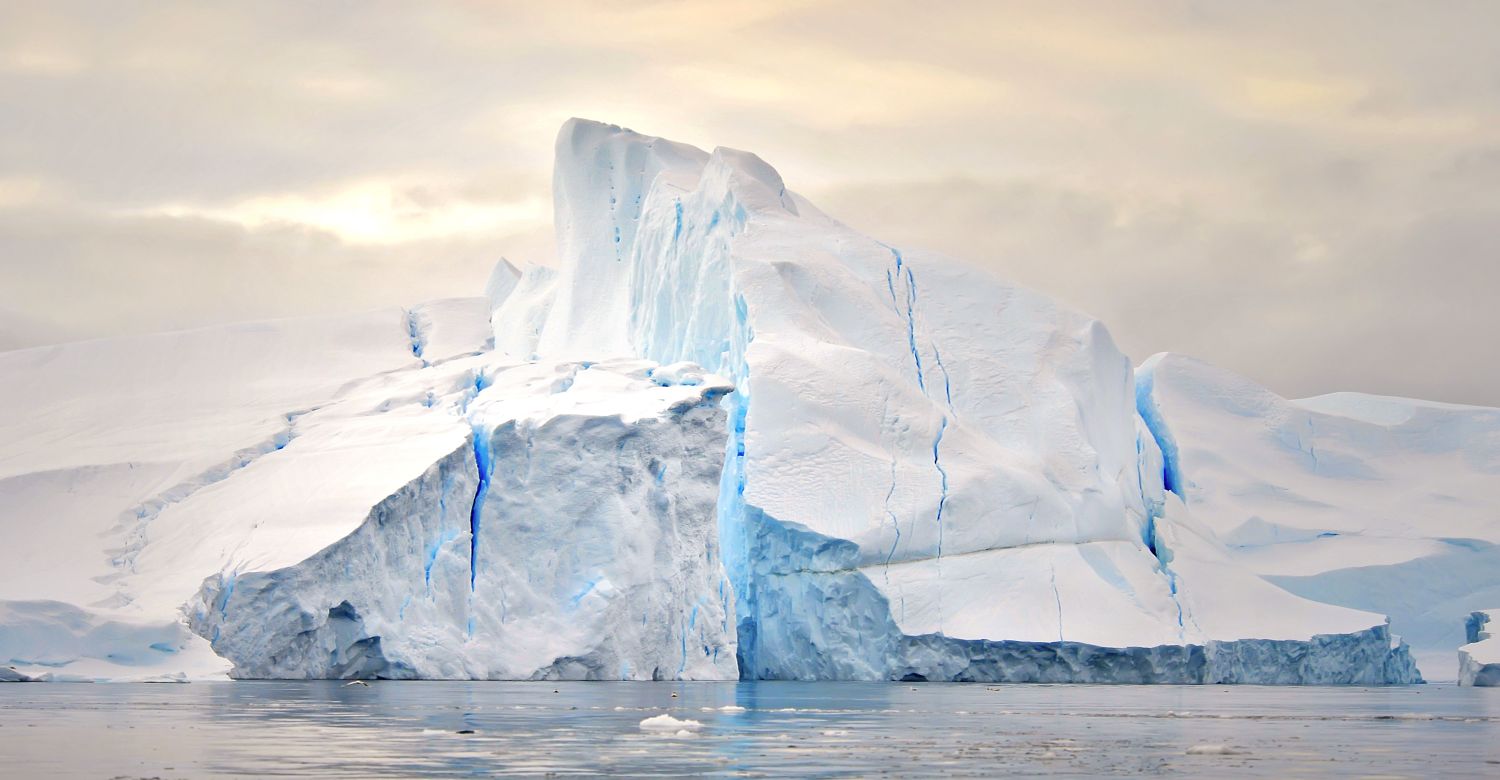



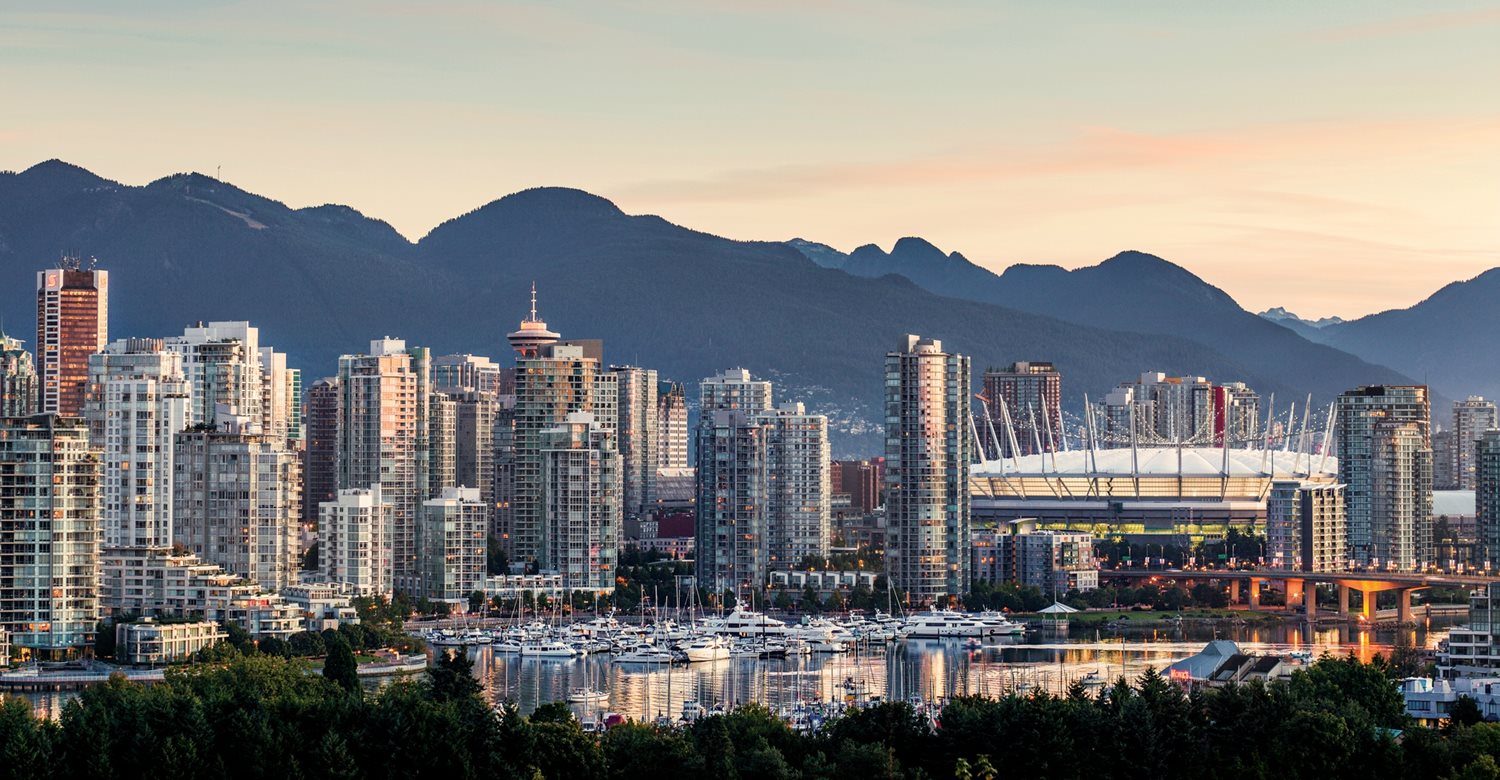
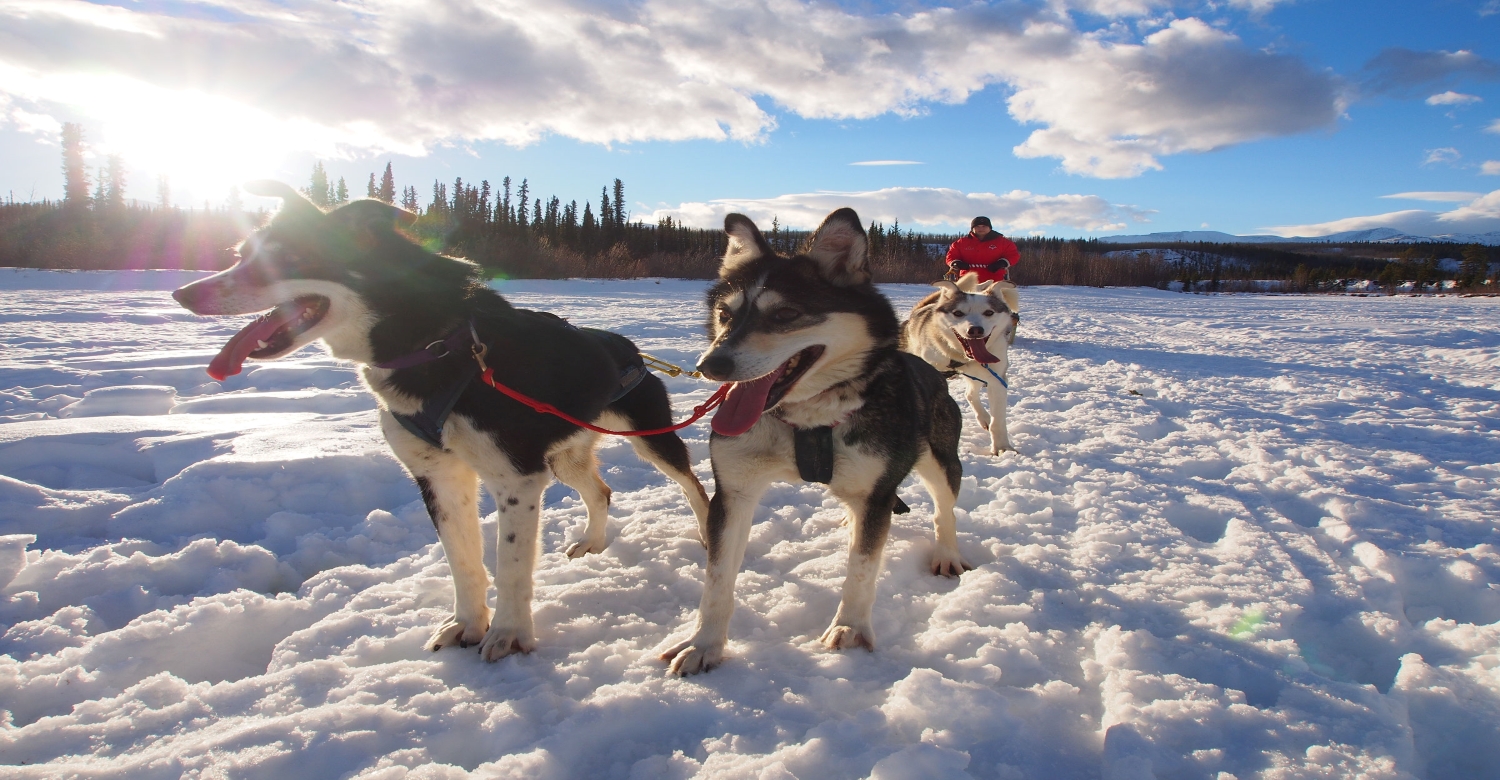
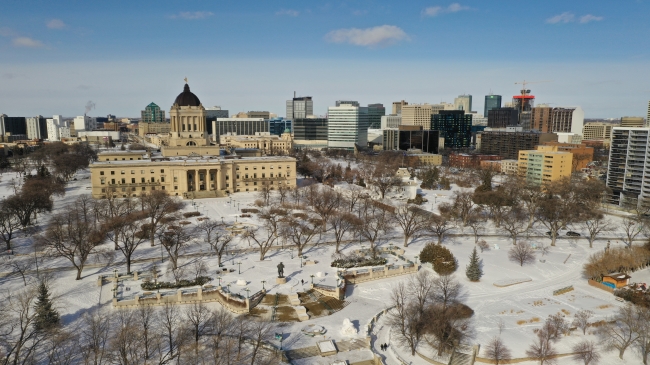

.png?auto=format&w=380&h=214&fit=crop&dpr=2)
.png?auto=format&w=380&h=214&fit=crop&dpr=2)
_1.png?auto=format&w=380&h=214&fit=crop&dpr=2)